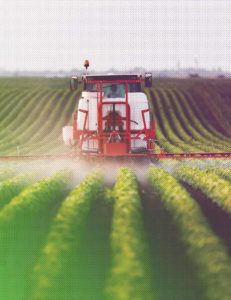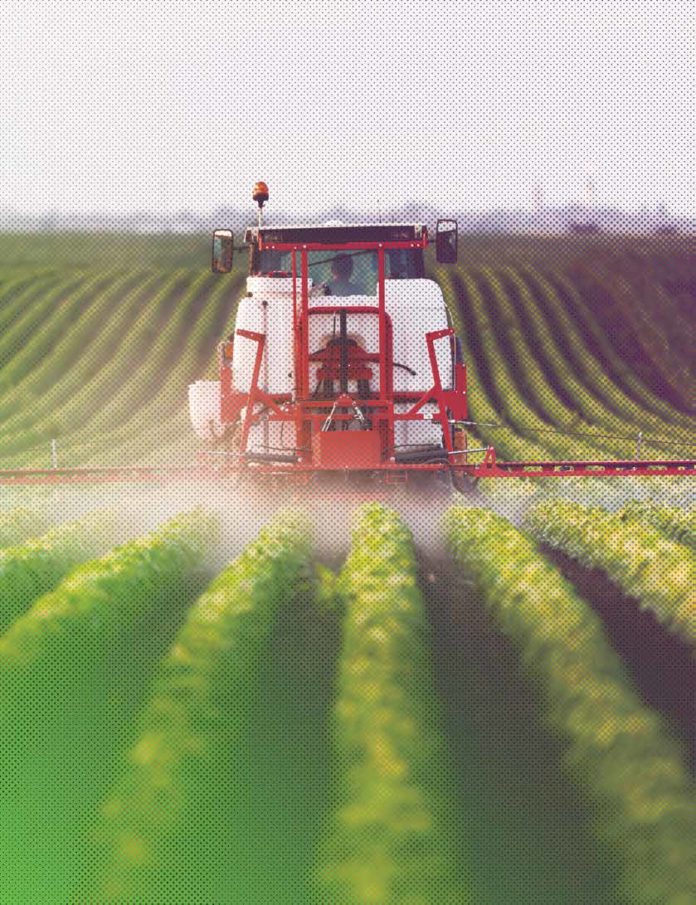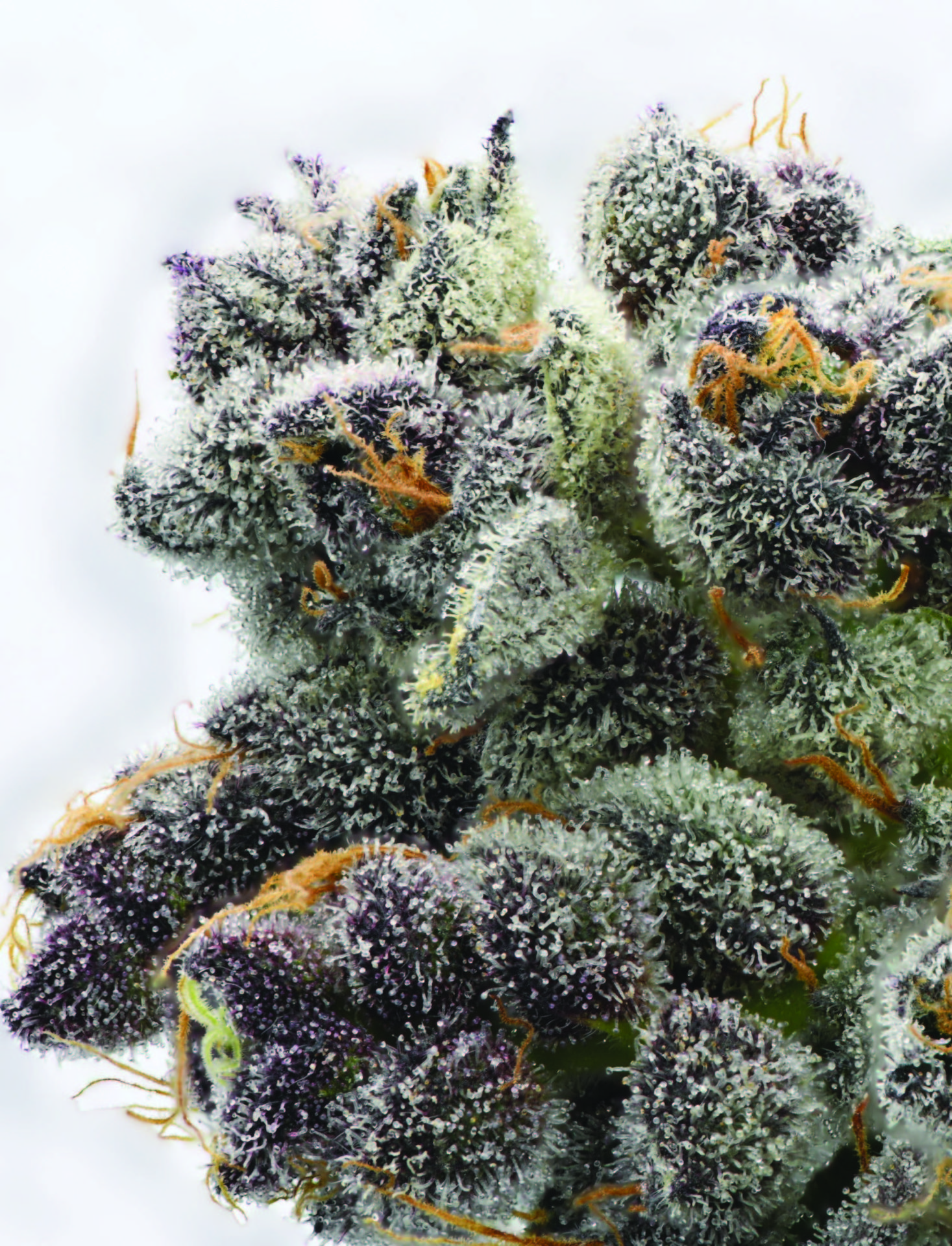
By Jegason Phosphorus Diviant, Ph.D. Student
INTRO We are what we eat. At its’ most basic form we intuitively understand that what we put into our bodies has an immense effect on how we think and feel. What we consume also impacts our energy levels from day to day. We appreciate that the quality of our food ranges from the most heavily processed and fast foods to foods that are labeled as organic, grass fed, pasture raised, wild caught, free of antibiotics and growth hormones, preservative free, and other phrases that are meant to be enticing for us consumers. We do our best to ensure that we have the highest quality foods for ourselves and our families but even with our best efforts and intentions, toxins and toxicants tend to be present in foods that we perceive to be the healthiest. Toxins are produced naturally from living creatures. Toxicants may be artificial or synthetic products that are manmade, or they may be naturally occurring. In this article, we’re going to take a look at some common toxins, such as aflatoxins, and a few common toxicants, namely pesticides and heavy metals. To begin with, let’s familiarize ourselves with the concepts of bioaccumulation and biomagnification.
What is Bioaccumulation and biomagnification Instead of focusing on the subtle differences between toxins and toxicants, we’ll work with a broader term: pollutants. Bioaccumulation is when an organism consumes a pollutant from the environment and that pollutant accumulates over time because the organism consumes it faster than it can excrete it. This can occur in the lowest of trophic levels, where we might find plants and algae, up through the primary, secondary, and tertiary consumers, and all the way to the top, where we find the apex predators, such as lions, tigers, polar bears, and humans too. Biomagnification is the process in which a pollutant increases in concentration as it moves up a food chain through the trophic levels. Water soluble pollutants are easier for an organism to excrete, whereas fat soluble pollutants tend to reside within organisms for longer durations of time. It is these longer lasting pollutants that are able to accumulate in fatty tissues that are most likely to magnify up the trophic levels in a food chain. Consequently, when we eat organisms that are higher up a food chain there is a greater potential for a pollutant to bioaccumulate and biomagnification.
Bioaccumulation and biomagnification through an aquatic food chain Let’s take a look at an example in which a pollutant can bioaccumulate and biomagnify through an aquatic food chain. Mercury is a heavy metal that is capable of building up over time and causing a wide range of physical and mental health problems. It may be introduced into the environment due to volcanic activity, forest fires, the weathering of rocks, mining, the burning of coal, and other processes. Microbes living in aquatic systems, such as anaerobic bacteria, may convert the inorganic mercury into an organic form that has an affinity for fatty tissues. This form is called methylmercury. The methylmercury may be taken up by plankton, which may then be eaten by aquatic insects. These insects may be eaten by small fish, such as herring or krill, which are then eaten by larger fish, like tuna. The tuna may then be eaten by sharks and humans may end up eating the sharks. At each level within this particular food chain, the organisms are accumulating the methylmercury. The higher up we go in this food chain, the mercury concentration is becoming magnified. The higher up the food chain the aquatic organism is, the more mercury may be found in its tissue. This is why there are guidelines on how frequently people should be eating various types of fish.
Bioaccumulation and biomagnification through land animals Just as mercury is able to bioaccumulate and biomagnify throughout aquatic food chains, other heavy metals follow a similar process in terrestrial food chains. They can be transferred from the water and soil to the plants. These plants are then eaten by the livestock and poultry that we then eat. Pretty straight forward, right? Not quite! Commercial phosphate fertilizers often contain small amounts of heavy metals that were incorporated in the phosphate rock. Animal waste is a major component of organic fertilizers and it is also contaminated with heavy metals. After repeat applications, the heavy metals accumulate in the soil again in greater concentration. Of course, as heavy metals accumulate over time in the soil, the greater the concentration will be in the plants.
In fact, some plants are excellent tools for bioremediation because they are so good at drawing heavy metals out of the soil and into their own structure. Cannabis is a perfect example of a plant that is sensitive to heavy metals in its environment and will store them efficiently. The world’s fungicides, insecticides, herbicides, and pesticides may contain appreciable levels of heavy metals too. Lead, arsenic, chromium, nickel, and manganese are some of the more common heavy metals that may be present in many commercial formulations. Perhaps the most well-known example is Roundup, a broad-spectrum glyphosate-based herbicide (GBH). There are several GBH formulations with differing percentages of glyphosate as an active ingredient. Some of the inactive ingredients are surfactants such as polyethoxylated tallow amine (POEA) that allow for the glyphosate to penetrate cell walls and cell membranes, greatly enhancing its toxicity. Other inactive ingredients are heavy metals. Some GBH formulations have been laboratory tested to contain more than 60X the amount of nickel, 50X the amount of arsenic, 40X the amount of chromium, and 10X the amount of lead that’s permitted in water. In fact, there appears to be a trend that the more diluted the formulation is with its active ingredient glyphosate, the more concentrated the heavy metals appear to be! Just to give you an idea of how dangerous these heavy metals can be, they are collectively known to disrupt cellular membranes, inhibit enzymes, damage DNA, deplete glutathione, trigger oxidative stress, disrupt mitochondrial function, and inhibit neurotransmitter synthesis and synaptic transmission.
Glyphosates like Roundup are known as endocrine-disrupting chemicals and have been banned in many countries around the world for their immediate impact on pollinating insects like bees. Just as with the aquatic food chains, terrestrial food chains bioaccumulate and biomagnify these damaging heavy metals. There are common phrases that are meant to make us consumers feel that the foods we are purchasing are safe. The packaging may say humanely raised, pasture raised, grainfed, grass-fed, all natural, no antibiotics or growth hormones, minimally processed, etc. What the packages don’t mention is how contaminated the fertilizers and pesticides might be with heavy metals. This isn’t limited to the meat derived from these animals. This is also true of the eggs and milk. This is one of the reasons why it’s important to purchase organic meats and produce. You may not be able to eliminate your exposure to fertilizers, fungicides, insecticides, herbicides, and pesticides overnight, but you can greatly reduce your exposure and the exposure of your family, friends, pets, and neighbors by knowing how dangerous they are.
Dirty Dozen and Clean Fifteen A common misconception is that if you’re going to make the decision to reduce your pesticide and heavy metal intake you have to buy everything organic. This is where the Dirty Dozen and Clean Fifteen come in. The Dirty Dozen are the twelve most contaminated crops each year based on analyses from the Environmental Working Group. The Clean Fifteen are the fifteen crops that test the lowest for pesticide residues. This is the Dirty Dozen ranked in order for 2020, starting with the most heavily-pesticide contaminated: strawberries, spinach, kale, nectarines, apples, grapes, peaches, cherries, pears, tomatoes, celery, and potatoes. These are the crops that you’ll want to make sure you’re purchasing organic. Keep this in mind when going to restaurants too. It’s easy to forget when you’re eating out or buying smoothies that some of these “healthy” options may end up doing more harm than good! This is the Clean Fifteen ranked in order for 2020, starting with the foods that had the least number and concentration of detectable pesticides: avocados, sweet corn, pineapple, onions, papaya, sweet peas (frozen), eggplants, asparagus, cauliflower, cantaloupes, broccoli, mushrooms, cabbage, honeydew melon, and kiwi. As you can see, there are quite a few varieties of produce that are safe to eat in terms of pesticide content if they are conventionally grown.
Aflatoxins In addition to pesticides and heavy metals, there are many other pollutants that are fed to the animals that we eat, some of which may contaminate our crops. Aflatoxins are a class of mycotoxins that are produced by various fungi. They are very stable. They can survive high temperatures, including temperatures reached while cooking, baking, and roasting. Agricultural crops that are commonly infected include corn, wheat, rice, figs, cottonseed, peanuts, tree nuts, coffee, and also cannabis. Aspergillus flavus and Aspergillus parasiticus are two well-known fungi that produce aflatoxins. They can contaminate crops that are in the field, being harvested, or being stored. Aflatoxins can be introduced to people by eating plants that are contaminated, eating the meat of an animal that was fed contaminated feed, drinking the milk of a contaminated animal, or eating their eggs. Another route of exposure involves farmers and agricultural workers inhaling dust associated with contaminated crops and animal feed. There are four main types of aflatoxins: B1, B2, G1 and G2. These designations are associated with mechanisms used to detect them. Aflatoxin B1 is the most common in food and is highly toxic. It is a known carcinogen. It is capable of binding to certain proteins in our bodies, forming a toxic epoxide, which interacts adversely with our DNA. More specifically, it can target a specific gene called p53, which is known as a “tumor suppressor gene.” These aflatoxins also inhibit the ability for our bodies to produce glutathione, our chief antioxidant. In the southern and midsouth regions of the United States, aflatoxins have been a recurring issue with corn, causing tens of millions of dollars in damages. Most aflatoxin exposure is of a low level due to various federal regulations and safety nets that are in place throughout the food chain. At a low level, chronic exposure can trigger nausea, abdominal pain, vomiting, headaches, rashes, brain fog, and other symptoms typical of an allergic reaction. Higher level exposure may lead to more serious effects, such as impaired blood coagulation, cirrhosis, as well as liver and kidney cancer. Children are at higher risk than adults. Other high-risk groups include those that are immunocompromised, malnourished, underweight, or in a geographic area in which the water may be of a low quality. The best way to protect against aflatoxins is to avoid peanuts, corn, wheat, and cottonseed. Also, foods that are grown in dry-weather environments are much less likely to be contaminated by aflatoxins. Avoid do-it-yourself nut butters that are found in many health food stores. The risk is increased by the fact that the nuts may be stored in the grinding chamber for days or weeks at a time. Also, don’t purchase tree nuts or peanuts in bulk. Wrapping up We’ve seen how pollutants can bioaccumulate at every trophic level in a food chain and how they biomagnify up the food chain. We’ve taken a look at how this happens with mercury in an aquatic food chain and with heavy metals and pesticides in a terrestrial food chain. Purchasing organic and fixing meals at home is a great way to reduce your overall exposure to heavy metals and pesticides. The Dirty Dozen and Clean Fifteen are guidelines for helping to identify what produce is the most or least likely to be contaminated. Aflatoxins can be chronic contributors to general feelings of discomfort and illnesses that are very hard to identify thier origin. Avoiding peanuts, corn, wheat, and cottonseed are some of the best ways to minimize aflatoxin exposure. It’s completely impossible to totally eliminate your exposure to pollutants in the environment, but you can reduce your exposure and minimize your risk of ailments that are associated with them. There’s an old saying, “An ounce of prevention is worth a pound of cure.” Defarge N, Spiroux de Vendômois J, Séralini GE. Toxicity of formulants and heavy metals in glyphosate- based herbicides and other pesticides. Toxicology Reports. 2018;5:156-163. doi:10.1016/j. toxrep.2017.12.025 Dipendra K. Mahato, Kyung Eun Lee, Madhu Kamle, et al. Aflatoxins in Food and Feed: An Overview on Prevalence, Detection and Control Strategies. Frontiers in Microbiology. 2019;10. doi:10.3389/ fmicb.2019.02266 EWG’s 2020 Shopper’s Guide to Pesticides in Produce ™. (2020, March 25). Retrieved from https:// www.ewg.org/foodnews/summary.php Roberts, C. (2020, August 27). Stop Eating Pesticides. Retrieved from https://www.consumerreports. org/pesticides-in-food/stop-eating- pesticides/?fbclid=IwAR1UKw-L4WrmoufOHGeeVKUg6wky- vTx_zJjZV-q6GY-Du5b6WHToAtiOvU


















